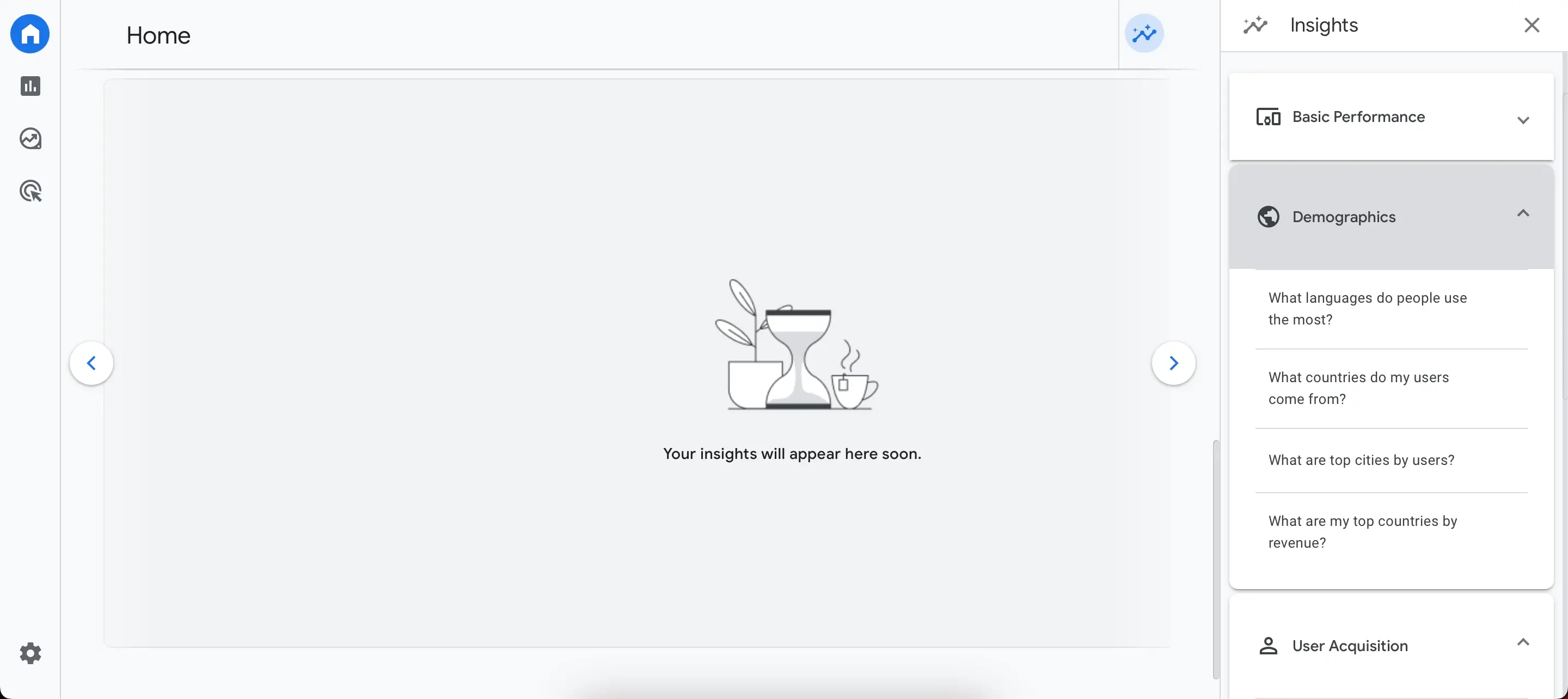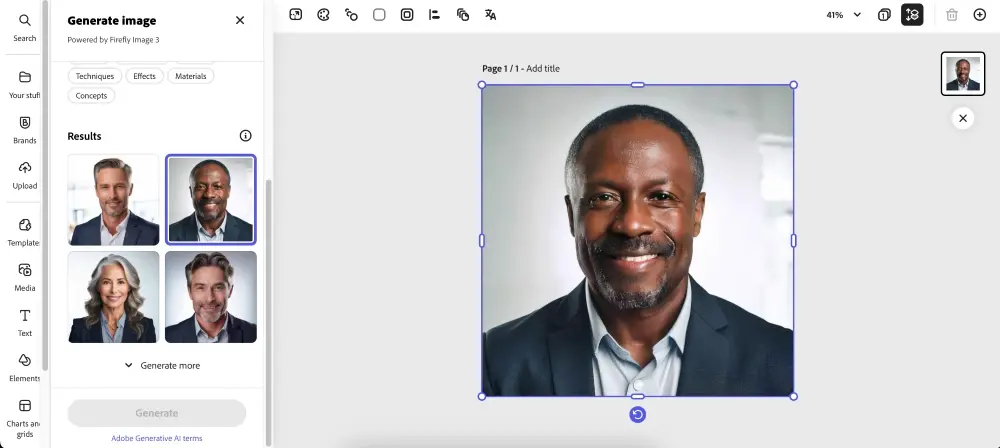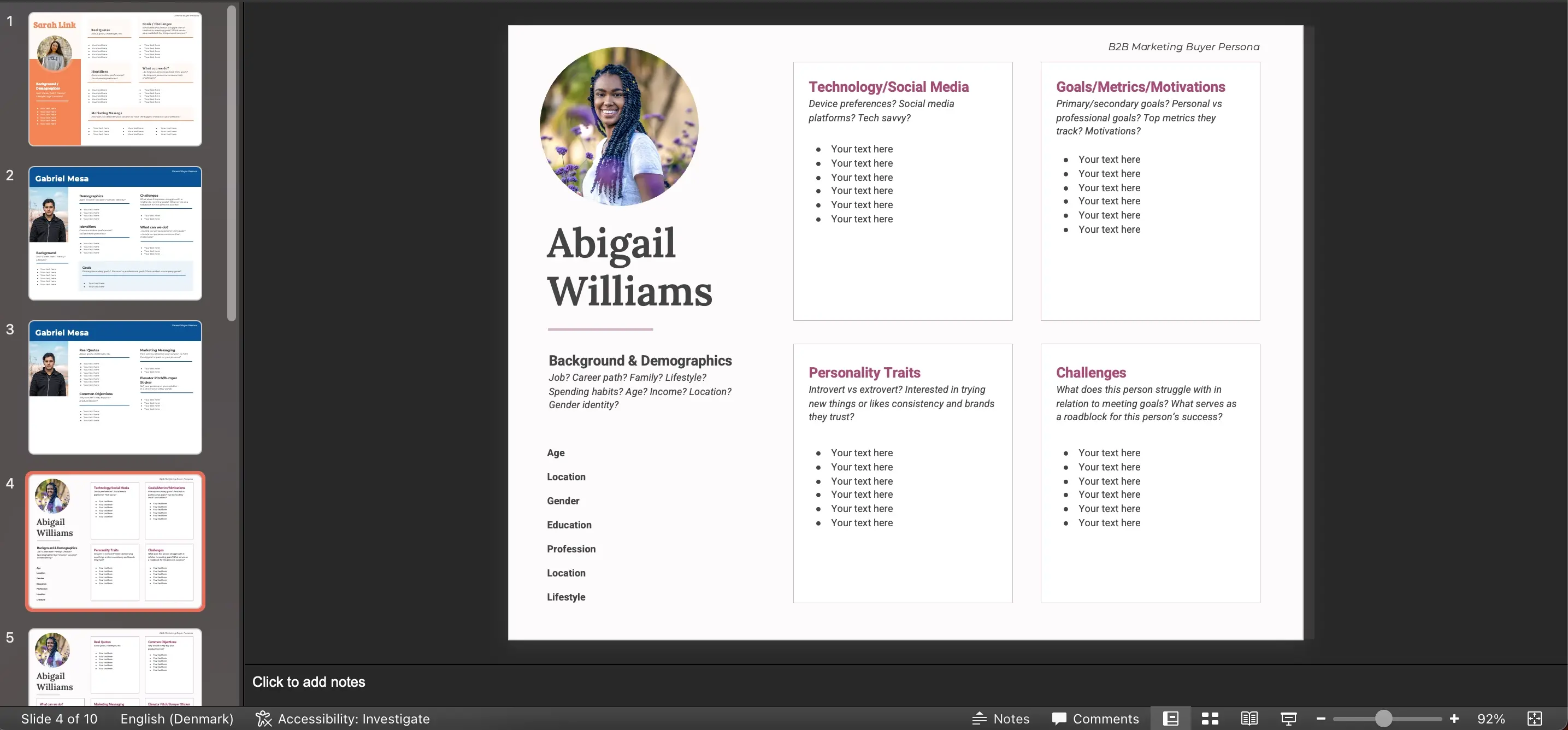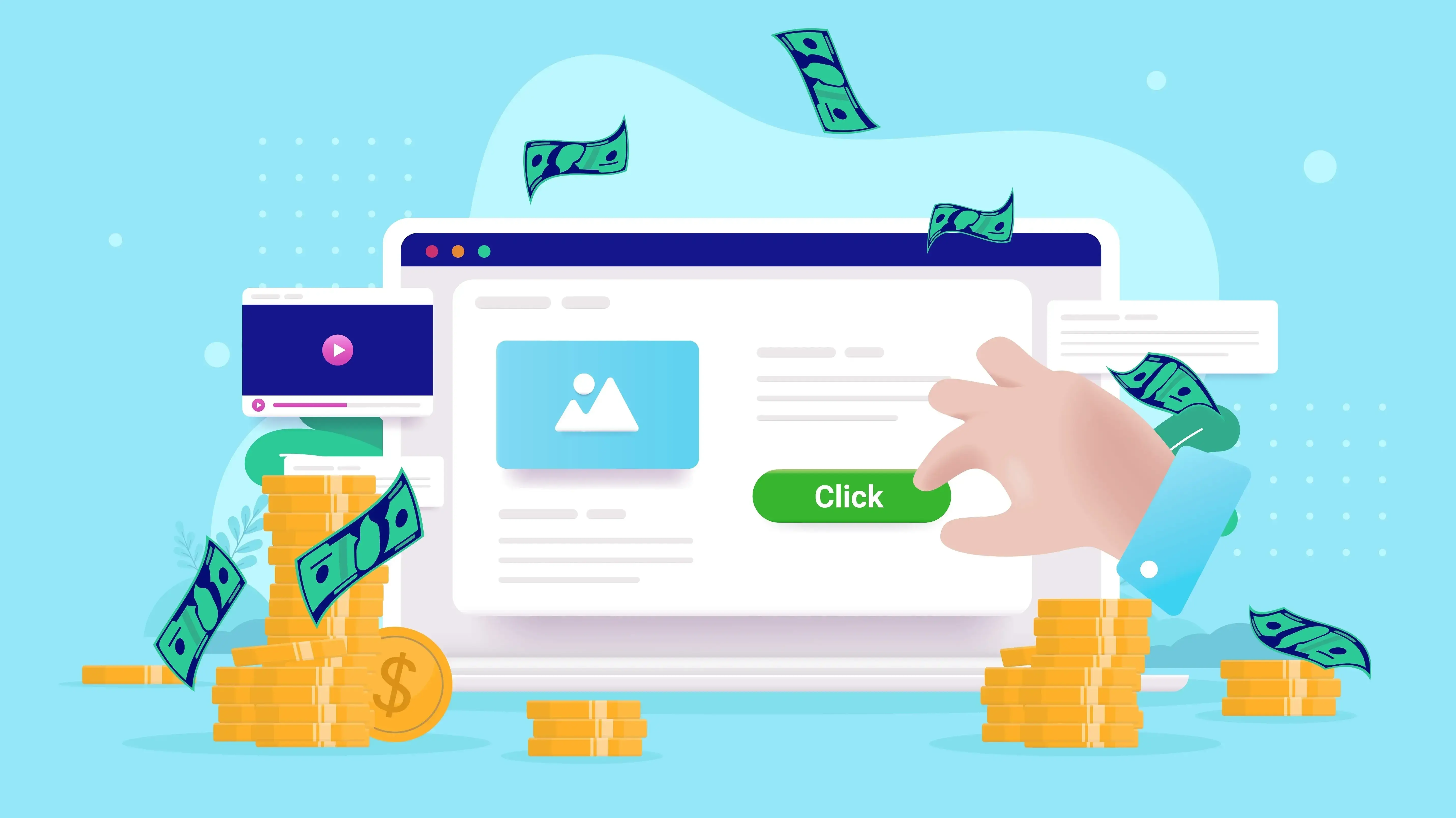Far too many entrepreneurs guess what their audience likes, leading to hit-and-miss results. Even if your business is already successful, truly understanding your customers will help you serve them better and grow substantially.
Buyer personas are one of the most important elements of small and large businesses. While creating them is time-consuming, you’ll save a lot of time having to rectify significant mistakes later. Your messaging will be more effective, which could result in better conversion rates.
However, knowing where to start can be overwhelming. Creating a buyer persona requires comprehensive research and test iteration. It’s an ongoing process, but if you don’t know how to make one, you’re in the right place. Keep reading to discover everything you need to know.
What Is a Buyer Persona?
A buyer persona is a profile of your ideal customer. Although you’ll use a fictional character, their traits, wishes, and desires will resemble your target audience.
The main idea behind creating a persona is understanding what your target audience wants. Then, you can tailor your marketing, products, and services to their needs.
One powerful and understated buyer persona advantage is that it personifies your audience. It’s much easier to create something valuable when you think you’re making it for a specific person.
Why Are Buyer Personas Important?
Buyer personas are crucial for knowing what your customers actually want. When we’re close to a product or service, biases can creep into our thinking. Often, what the customer wants – and what we think they want – are different.
Creating a buyer persona helps you stay on track with your messaging and ensure that you’re serving customer needs. This could improve your conversion rates. Since 66% of customers will quit using brands that don’t offer personalized experiences, knowing your audience is very important.
Buyer personas are also important on the backend. You’ll build your entire company to serve their needs. For example, you’ll pick the right software and web hosting plan to fit their requirements.
How to Create a Buyer Persona: Key Steps
Okay, so you know that buyer personas are important. That’s great, but how do you actually create one?
Below are the most important steps to follow.
Analyze Your Existing Data
If you have any existing data, look in-depth to see if you notice anything particular about your customers. Key questions to ask are…
Do you have more customers from a specific country or city?
From which platforms does your current audience interact with your content?
On which devices do your customers buy from?
What are your most popular pages and posts? Why do you think these are?
To analyze website data, start with Google Analytics. Click on the Insights tab to request demographic information.

I also recommend checking your social media metrics and looking for key trends. Even if you have a tiny audience at the moment, some data is better than none.
Perform Broader Market Research
In addition to observing your current statistics, you should do broader market research to learn more about your audience. Start by observing your competitors and identifying market gaps you can fill. Consider using third-party competitor analysis tools like BuzzSumo and Semrush.
Once you’ve observed other brands’ target audiences, you’ll better understand yours. This is particularly true if you’ve already assessed your own data. I then recommend speaking to your target audience and asking them about their needs and wants.
You can speak to your target audience via direct outreach or survey forms. If people are reluctant to give some of their time, consider incentives (e.g., a discount on a product of their choice).
Outline Your Audience Demographics
After conducting your early-stage research, you should have enough information to outline your audience demographics.
Add details for each of the following as a minimum:
- Age range
- Location(s)
- Education level
- Gender
- Native language
- Educational and professional background
- Income level (especially disposable income if you’re a B2C brand)
If you serve multiple customer types, split these into different buyer personas to avoid confusion.

Add as Much Detail as Possible to Your Buyer Persona
When creating your buyer persona, leave no stone unturned. In addition to basic demographic information, you should know as much as possible about your target customers.
Identify your target audience’s personality and how they like to spend their free time. Knowing how they’d prefer to spend their money is also a good idea. Depending on your audience, you might want to determine their relationship status and whether they have children.
Besides purchasing preferences, you also need to understand buying power. The base income level doesn’t matter as it’s relative to where they live. For example, someone earning $80,000 per year in Germany has more purchasing power than someone earning the same salary in Norway due to the cost of living.
Using advertising platforms can help you get better ideas as you can segment in more detail. Try advertising with Google if you have the budget, for example, or doing the same on Facebook.
Identify the Buyer’s Most Important Pain Points
Knowing about your customers is nice, but an effective buyer persona aims to solve problems. Therefore, you need to understand your target audience’s key pain points. Health, wealth, and happiness are three key areas to look at to begin with. Let’s use the example of a middle-aged person who wants to get into shape. Their pain point might look something like this:
“Steven is a hard-working father who has stopped exercising and eating healthy over the past 10 years due to stresses in his life. He has also distanced himself from toxic friends. He wants to start CrossFit classes to improve social connections and move better while doing something he enjoys. On a fundamental level, he wants energy to play with his children and his wife to be attracted to him.”
The above example addresses several human needs. The person lacks energy for the most important things in his life, and he wants a vibrant social life with like-minded people. He also wants his wife to be proud of him. Once we have this information, we can conceptualize what kinds of products could help this person.
You can often find a customer’s pain points by identifying what they desire and whether they’re having those needs filled. I also recommend asking ChatGPT to see if it has any ideas for filling out your persona. This is one of the best ways to use AI in marketing.
Define How Your Product or Service Helps Your Target Audience
You’ve hit the jackpot once you’ve identified your buyer persona’s pain points because you can then refine your product accordingly. Assess your current offerings and critically determine whether you’re truly meeting your audience’s needs.
If you already have products live, consider writing your product description again and refining the copy. Emphasize why your products and services will solve their problems.
Identify potential improvements you can make to your products and services as well. Many SaaS platforms let users make feature requests, for example, and you might want to consider doing the same.
Don’t Forget Personification
Personification might seem pointless, but it’s one of the most crucial aspects of a successful buyer persona.
Give each of your personas a name. When I first started freelance writing, I called my persona “Sander in SaaS” since I mainly focused on SaaS companies.
I also recommend creating a picture of your buyer persona. Leveraging AI is one of the smartest ways to do this; use tools like Adobe Firefly to create an image of the person who looks like your target customer (I used it within Express in the example below). You can also use DALL-E if you have a premium ChatGPT subscription.

Test and Iterate
Your first draft will not be perfect, and you should refine your persona over time. Tweak your messaging across all platforms to fit your newly created buyer persona and make changes as you gather more data.
Regularly monitor your statistics to ensure that you’re making the necessary changes.
How to Create a Buyer Persona for Free
If you know what to add, creating a buyer persona in Google Docs is very easy. I recommend using the tabs feature to keep each persona separate. While you won’t have fancy customization tools available elsewhere, this is still ideal (especially if you need to share the document).
You can also use Notion, which I actually think is better for buyer persona layouts. Another advantage is that you can search for persona templates, limiting the amount of manual work you need to do.
When I created my first buyer personas, I used HubSpot’s free templates. In my opinion, this is the best option for complete beginners. The templates will open in a PowerPoint document; if you don’t have a Microsoft Office subscription, upload these to Google Drive and use Google Slides instead.

Summary
Creating a strong buyer persona is just as important as having a good product. Understanding what customers want will go a long way in ensuring that your products meet their needs, which will subsequently result in better conversion rates and higher revenue. You can use numerous free tools to create your personas.
Frequently Asked Questions
How often should I update my buyer persona?
Once you acquire new data about your customers and their needs, you should update your buyer persona about every three months.
Can I use the same buyer persona for different marketing channels?
Yes! Your buyer persona should change depending on the people you serve rather than the channels on which they’re most present.
How do I validate my buyer personas?
Testing and iteration are the best ways to validate your buyer personas. Tweak your marketing messages and regularly split-test to see what appeals to your audience.

Danny is a seasoned freelance copywriter with 10+ years of managing his own websites in WordPress and other content management systems. He's an expert in eCommerce and sells his own photography prints, in addition to knowing about hosting domains having used several providers. Danny's strong writing expertise is evident in his bylines across several major tech publications, including Lifewire, MUO, and Make Tech Easier.
View all posts by Danny Maiorca




















